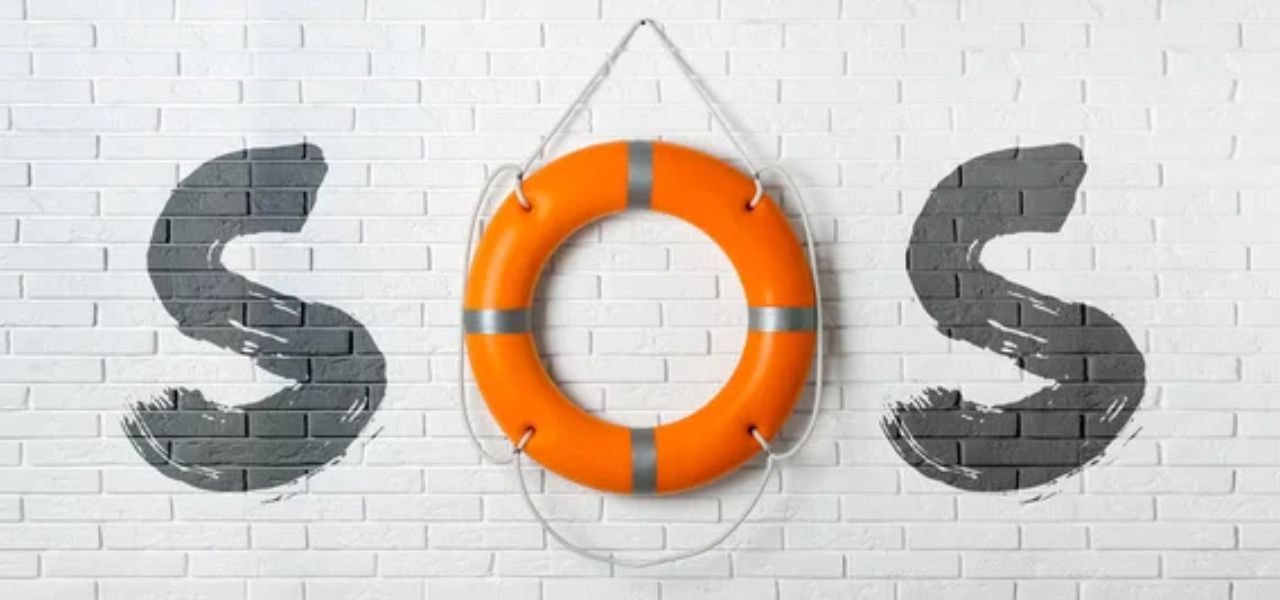
Trekking Emergency Guide: When and How to Use SOS in the Mountains
Trekking Emergency Guide SOS in the Mountains
Trekking in the Himalayas is an unforgettable adventure — the crisp air, towering peaks, and raw beauty are soul-stirring. But with high-altitude beauty comes real risk. Weather changes quickly. Trails disappear. Altitude sickness can strike even the fittest trekkers.
That’s why knowing when and how to use an SOS can make the difference between a close call and a tragedy.
This guide explains what SOS means, when to use it, what tools to carry, and how to respond effectively in a mountain emergency.
What Does SOS Mean in Trekking?
SOS is a universal distress signal. It stands for “Save Our Souls”, though it’s not actually an acronym — it’s a simple signal used in emergencies to call for immediate help.
In the trekking world, SOS can mean:
- Activating a satellite SOS device (like a Garmin inReach or SPOT)
- Sending an emergency radio message
- Giving visual or audio SOS signals if no device is available
- Communicating your situation to your guide or base camp
When Should You Use SOS?
Not every blister or twisted ankle needs an SOS. It should only be used when the situation is life-threatening or beyond your capacity to manage.
Use SOS in These Trekking Emergencies:
- High Altitude Illness (HAPE or HACE) — Loss of consciousness, severe headache, chest congestion, confusion
- Major injuries — Broken limbs, spinal injuries, deep cuts with heavy bleeding
- Lost or stranded — Especially when you’re alone or weather blocks the route
- Avalanche, landslide, or rockfall — If you’re stuck or someone is missing
- Severe weather exposure — Hypothermia, frostbite, or storm trapping
- No communication or trail visibility for hours — And your group cannot move
How to Send an SOS – The Right Way
1. Use a Satellite SOS Device
Modern trekkers and expedition teams carry devices like:
- Garmin inReach
- SPOT Gen4
- ZOLEO
- These devices have an SOS button that, once activated, sends your exact location to a global response center. Trained responders coordinate with local rescue teams or send helicopters (if available).
Note: Pressing SOS is not a joke — you may be charged for false alerts or unnecessary rescues.
2. Radio or Phone SOS (If Available)
Some treks offer walkie-talkies for guide-to-guide contact
“Code Red at coordinates With Himalayan Hikers Team. One trekker down. Request immediate assistance.”
If you have network, call 108 (India’s emergency line) or local rescue teams
3. Traditional SOS Signals
If no device works, use old-school methods:
- Light Signal: Three quick flashes with a torch or mirror
- Whistle SOS: Three short, three long, three short
- Ground Marker: Large X or SOS made with rocks or sticks
- Fire Smoke: Dark smoke attracts attention from choppers

What to Carry for SOS Situations
Every high-altitude trekker should carry:
- Satellite SOS Device (if solo or remote area)
- First Aid Kit
- Map, compass, and GPS app
- Headlamp with extra batteries
- Whistle & reflective sheet
- Extra warm layers & emergency bivvy bag
- Power bank and backup phone
If trekking with an organization like Himalayan Hikers, ensure they carry:
- Oximeter & oxygen cylinder
- Rescue contact protocol
- Trained staff in AMS, HAPE, and evacuation drills
- Communication device (sat phone or radio)
Pro Tips for Staying Safe Before SOS Is Needed
- Acclimatize properly — Don’t rush altitude
- Stay hydrated and eat regularly
- Never trek alone in remote regions
- Check weather forecasts before ascending
- Inform someone about your plan if solo
Turn around if unsure — The mountain will still be there tomorrow
What Happens After You Send an SOS?
If you press SOS on a satellite device:
- Your coordinates are immediately sent to the International Emergency Response Coordination Center (IERCC)
- They alert the nearest search & rescue agency
- Your emergency contacts are notified
- A rescue plan is activated — may include ground crew or helicopter
- In India, Himalayan Hikers and similar agencies coordinate with:
- Local rescue teams
- Air Force (if chopper is needed)
- Forest and tourism departments
Final Word: Respect the Mountains
SOS is a life-saving option — not a backup for poor planning. Use it wisely. Train yourself. Trust your instincts. And above all, respect the mountains.
Trekking is about courage, not ego.
If you know how to prepare and when to call for help, you give yourself — and your team — the best chance to come home safely.
Stay safe, trek smart, and always be SOS-ready.
